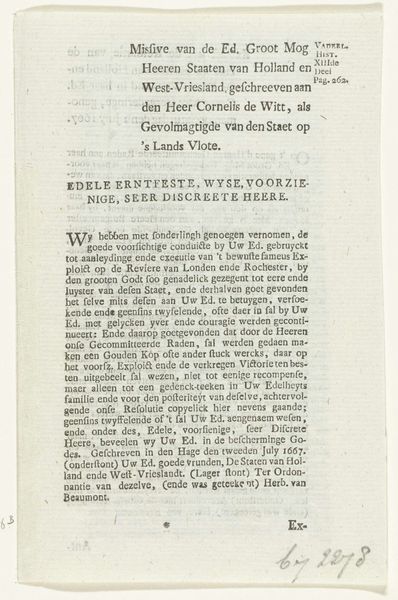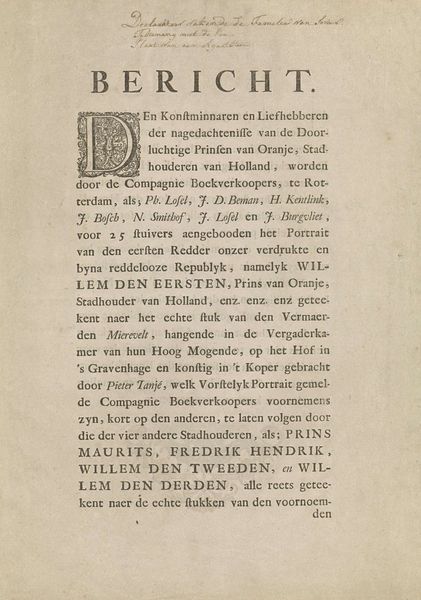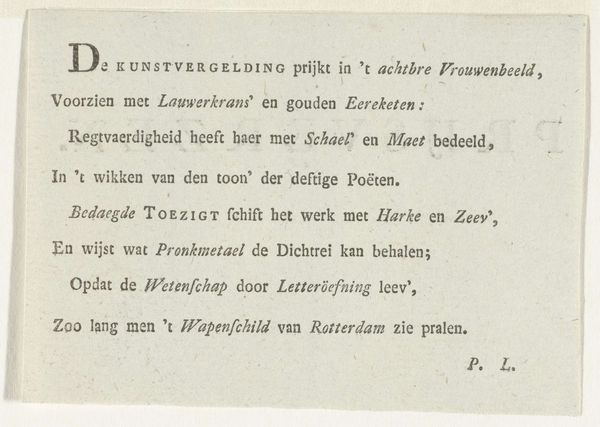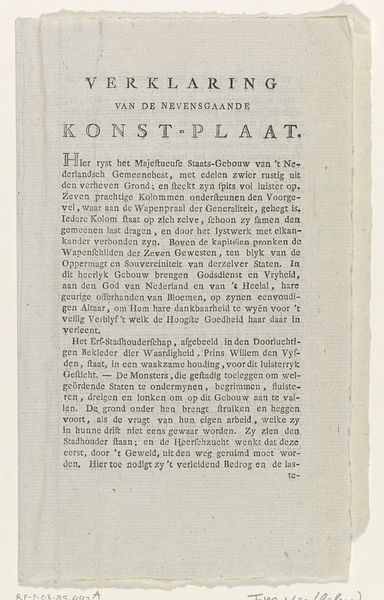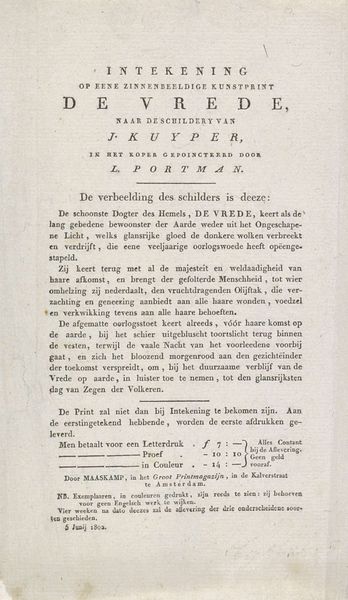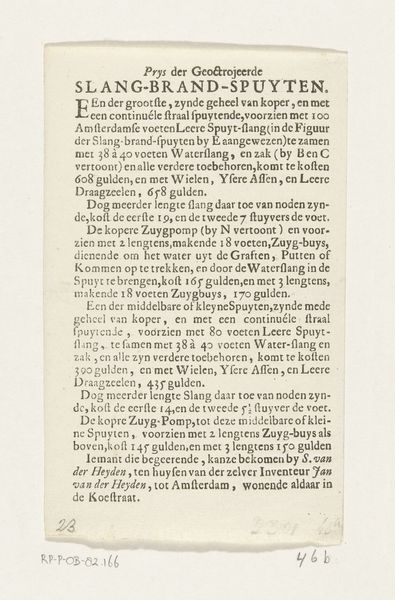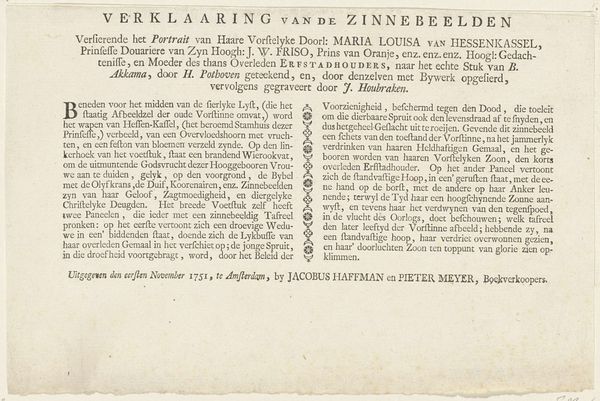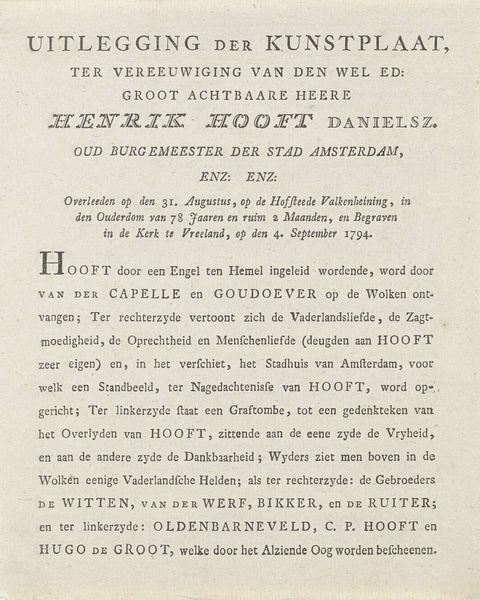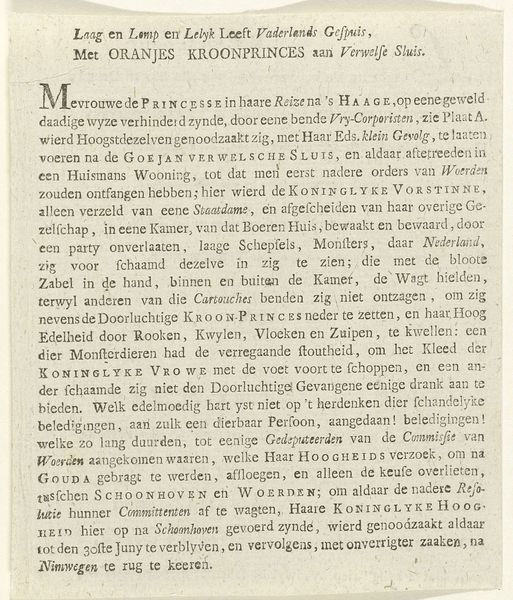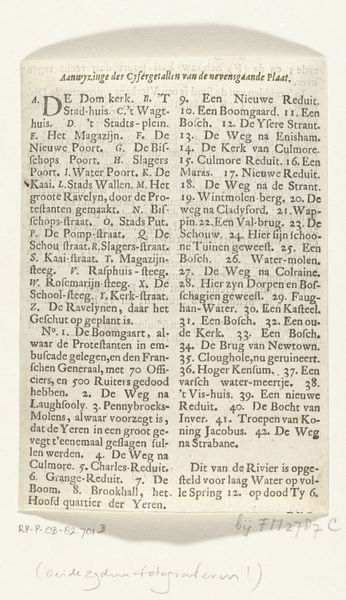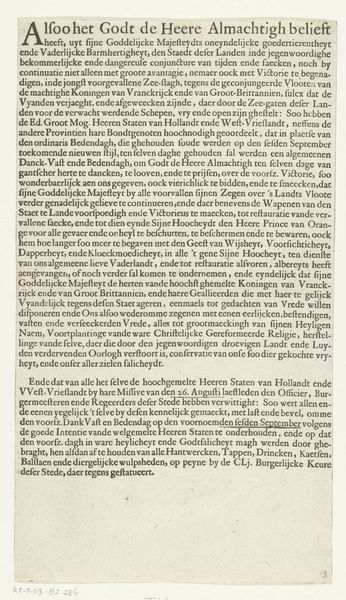
Verklaring van Amsterdamse kooplieden over het recht gebruik van wissels, 1763 1763
0:00
0:00
print, typography
#
hand written
#
hand-lettering
# print
#
hand drawn type
#
hand lettering
#
personal sketchbook
#
typography
#
hand-written
#
hand-drawn typeface
#
fading type
#
handwritten font
#
small lettering
Dimensions: height 232 mm, width 183 mm
Copyright: Rijks Museum: Open Domain
Editor: So, here we have a print from 1763 titled "Verklaring van Amsterdamse kooplieden over het recht gebruik van wissels," attributed to Carel Potgieter. It seems to be a formal declaration, but the handwritten style gives it a personal touch. I’m wondering about the historical context surrounding a document like this; how do we even begin to interpret its cultural significance? Curator: Well, given its focus on commerce and merchants declaring the "right use of bills of exchange," this print gives us a direct glimpse into Amsterdam's economic landscape during the 18th century. These are essentially rules for financial transactions; what strikes me is the need for such a public declaration. What power structures are at play here? Editor: The power of the merchant class, obviously. It sounds like a pretty straightforward commercial agreement, doesn’t it? Was there some instability in financial dealings at the time, leading to a need for public accountability? Curator: Exactly. Think about the role of Amsterdam as a major center for international trade. Documents like these served a vital function. They legitimized trade practices, helped foster confidence among merchants, and cemented Amsterdam's position as a reliable hub for economic exchange. What does that formalized language do, culturally? Editor: It’s almost like an early form of regulation, setting precedents, making financial interactions less risky. But by literally listing merchants and their companies, is it supposed to assure customers or offer security between competitors? Curator: Both! This "Verklaring" embodies the public role of art, even in what we might consider a dry legal document. Its visual form, with listed names giving public weight to the claim, reinforces its function. It speaks volumes about the relationship between art, commerce, and civic life in 18th-century Amsterdam. This has really reframed my understanding of typography at the time. Editor: Absolutely. It highlights how seemingly mundane objects can offer such rich insight into history, specifically in cultural norms of trade practices. I appreciate this deeper dive, highlighting how "art" could serve these official functions in society.
Comments
No comments
Be the first to comment and join the conversation on the ultimate creative platform.


